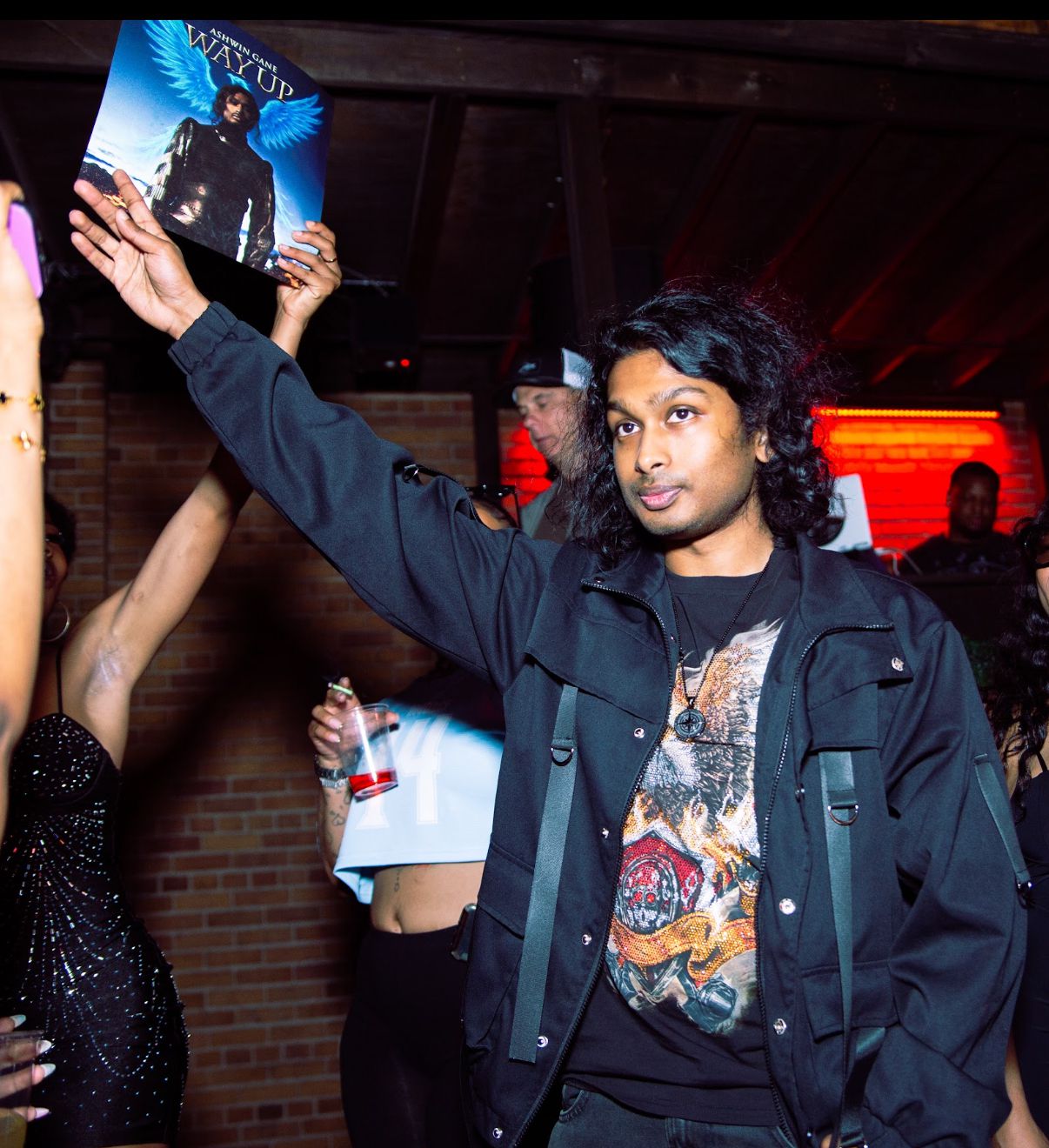
Ashwin Gane isn’t just making music—he’s building entire worlds. Drawing on mythology, cinema, and hip-hop, the Detroit-area artist fuses medieval-inspired visuals with cinematic soundscapes and hard-hitting rap. From suburban imagination to international stages, Gane has forged a lane uniquely his own, one rooted in storytelling, world-building, and uncompromising artistry. With a major NFL performance on the horizon, he’s proving that his vision is not just music—it’s myth in motion.
The Beautiful Machine Magazine recently caught up with Aswhin and here is part of that converstaion:
Your visuals are striking—what draws you to medieval themes, and how do you blend that aesthetic with modern hip-hop?
While the Renaissance fair vibe is fun, that’s not why I do what I do. Myth has been humanity’s way of exploring broad ideas for thousands of years. We amplify the human experience into mythic stories. Because I’m dealing with universal themes, that backdrop helps elevate them. Visually, I don’t feel any pressure of fitting in with modern hip hop, although I may homage to it. Sonically, I combine cinematic instrumentation paired with hip-hop drums and bass to create the mythic sound. Also, I came up with the concept as I loved fantasy, mythology, and hip hop since middle school, so combining them was natural. Expect the next phase to push the blend further: more historically grounded visuals, richer orchestration, and uncompromised discussion of these themes.
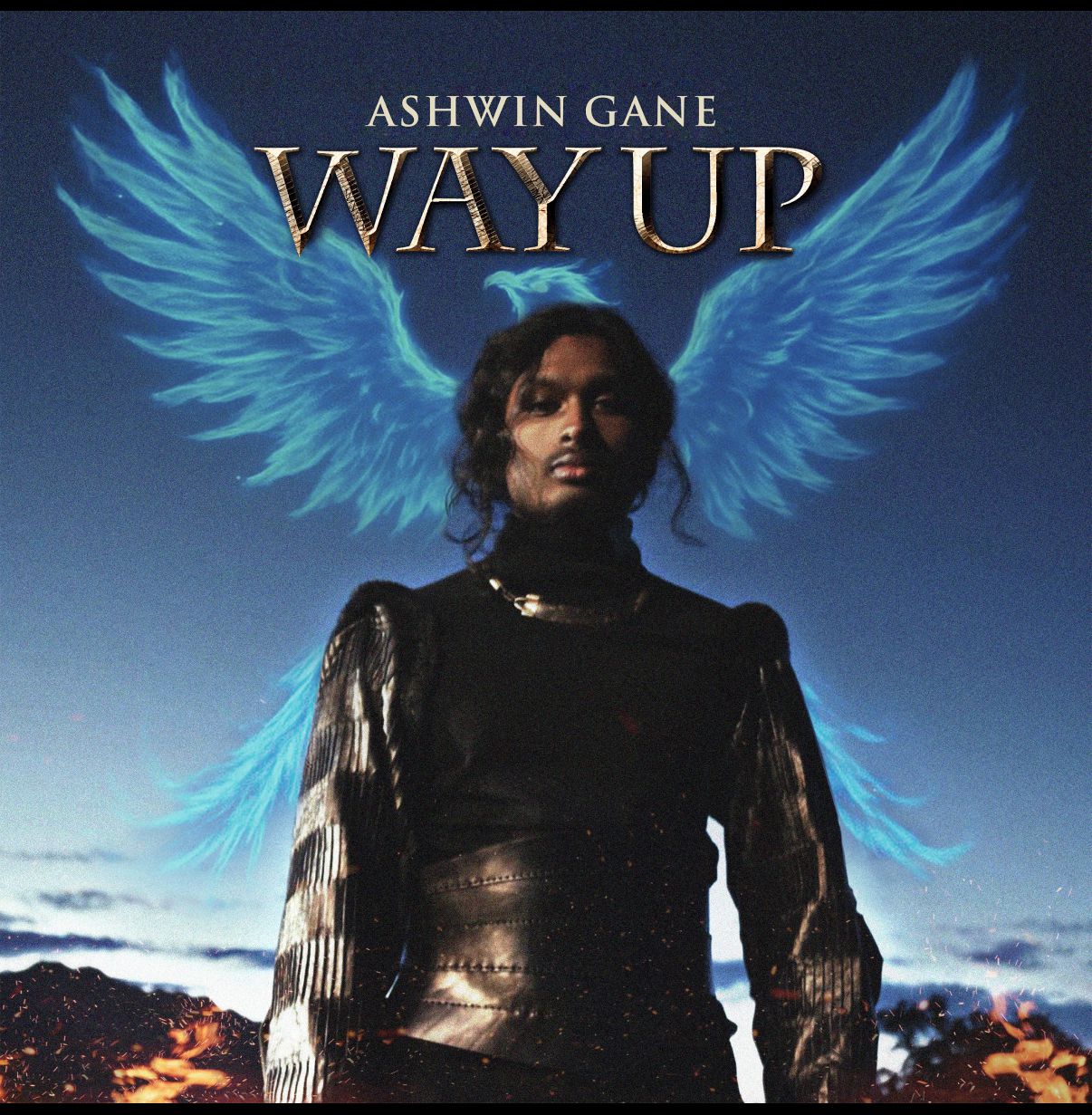
Detroit has a strong and specific rap identity—how does it feel to be creating a sound and image that stand apart from that scene?
I never had the goal of emulating the Detroit sound. My only goal has been to make my sound, regardless of where I’m geographically located. I make whatever appeals to me. And you’ve got to realize—the Detroit sound you know now didn’t exist when I was growing up. I’m not interested in chasing that and more inspired by my own personal influences and the ideas I’m into even in film. So I don’t really feel any way about “standing apart”; it’s just something I did naturally. I conceived this sound in high school and I’ve been working on executing it ever since.
Was there a moment when you decided to fully lean into your unique style, even if it meant going against the grain?
I always intended to embrace my unique style, the real question was when I’d be able to do it at the level it deserves. Sometimes you have to work in styles that aren’t your endgame; you learn to trust people and play the game. I learned a lot from that, and now I can apply it to executing my vision. If I’d tried it back then, I wouldn’t have been ready to pull it off; now I am. Twilight Tales was a glimpse of that lane, my style fused with the late-2010s/early-2020s SoundCloud wave at the height of its influence, when emo/grunge textures, blown-out 808s, and emotional urgency were shaping youth culture and dominating streaming (think XXXTentacion, Juice WRLD). Got It and Energy leaned more playboy R&B/pop-rap. Those projects taught me what to do and what not to do, and now I’m confident about fully leaning into my unique style and perspective.
In what ways has growing up in Detroit shaped your perspective, even if your music doesn't follow the city’s traditional sound?
I grew up in the suburbs of Metro Detroit. There’s a certain peace to suburbia—some would call it mundane—but that space pushed me inward. It encouraged me to dive into my own imagination, which led to a world-building perspective. I spent a lot of time reading and exploring the world through books, and that plays a big role in my life and my artistry. So while my sound isn’t the city’s traditional lane, my suburban Metro-Detroit upbringing gave me the quiet to imagine and the will to execute.
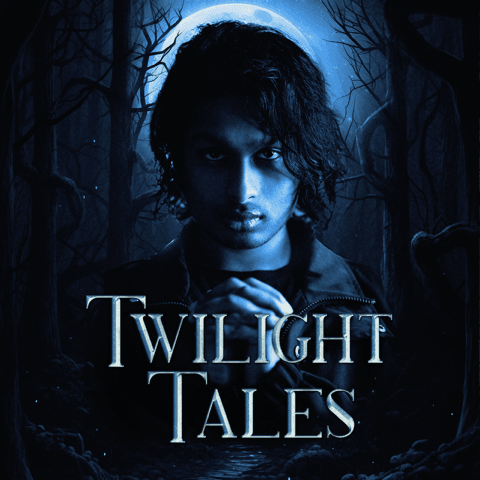
How do you want people to feel when they see one of your visuals or hear one of your tracks?
When you see a visual, I want it to deepen the song and frame it in a way you might not have considered. Leeches leans into quirky, surreal ’80s horror, so the imagery tilts the emotion in that direction. Flip Dat is intentionally meant to be a puzzle for you to decode over time. Either way, the video should embody the record and help it live in you longer.
When you hear a track, it has to feel good first—if it doesn’t move you, nothing else matters. Beyond that, the goal is to provoke feeling and meaning, in gestures both grand and small. For example, Energy is an upbeat, vibey R&B/pop-rap cut built to lift the room with a playful edge. More importantly, music lets you try on a persona for at least a few minutes. While not discussing broad themes, a song like “Energy” lets you slip into a desirable, confident, laid-back playboy persona, and that feeling may even linger after.
Your music often feels like it’s telling a story—do you see yourself as more of a storyteller, a poet, or something else entirely?
Being a storyteller and a poet are part of what I do, for sure. But in addition to that,also I see myself as a creator of a world—even if that world is self-contained in a single song. Take the Got It EP—more pop-rap/R&B—you can look at each song as a self-contained world that briefly transports you. The depth of storytelling varies by project; it’s more micro on Got It. For example, the title track drops you into a luxurious, romantic world. With Twilight Tales, I push that further into a Twilight Zone style horror anthology that moves between the mythic past and the digital present—rituals, omens, and algorithms sharing the same air. In my upcoming work the world-building goes further. At the end of the day, I am a storyteller, and there’s poetry in that storytelling. The best way I know to tell a story is to build a world that immerses you, so the poetic meaning lands.
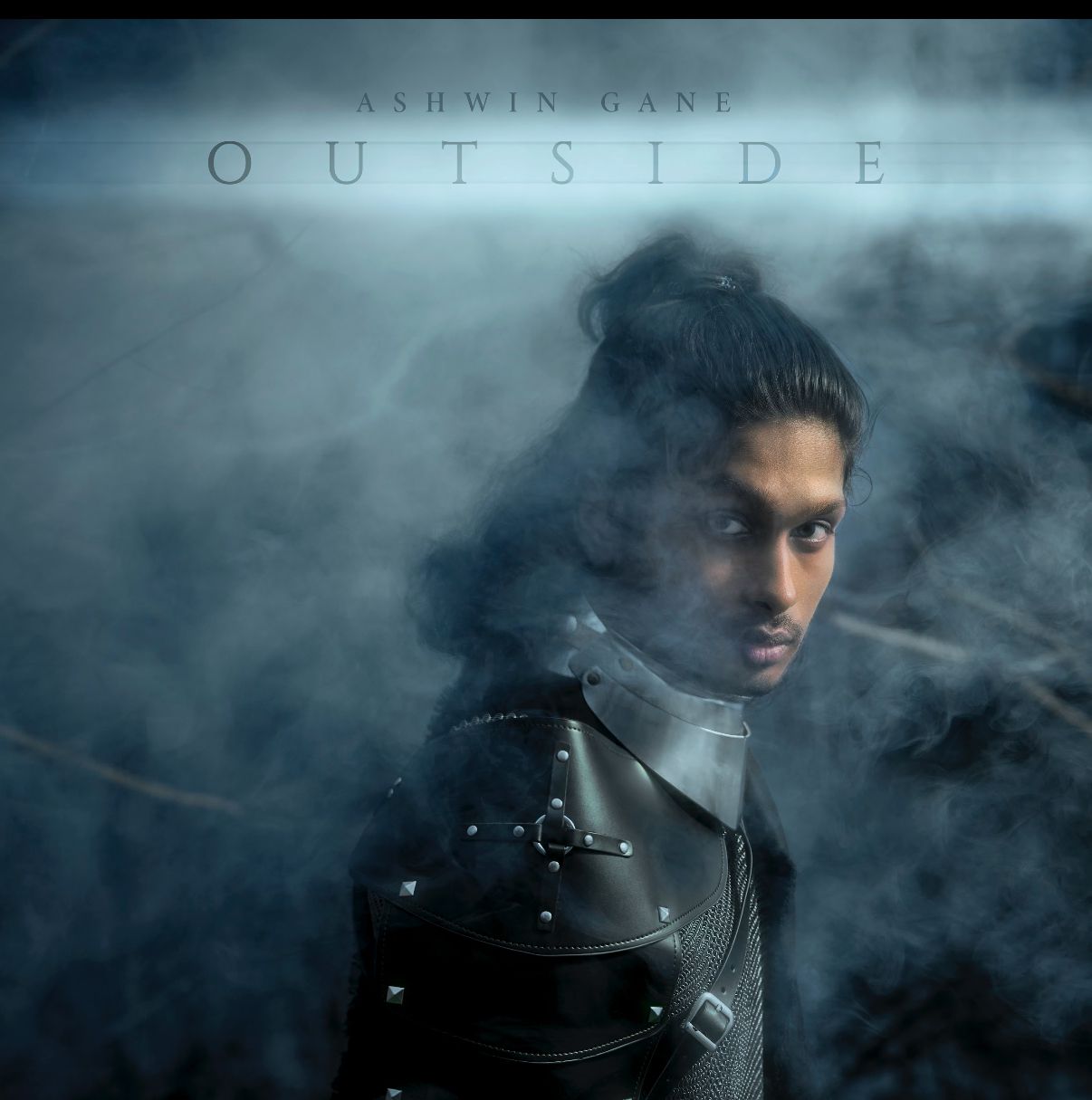
Who or what are some inspirations behind your work—musically or visually?
Musically, my ethos comes from Dr. Dre—excellence, patience, and treating silence as an instrument. I grew up on Dre, so some of that delivery just lives in me. I’m drawn to artists who make a bass-baritone feel powerful and nuanced: Future (confidence, cadence, that invincible aura with a human undertow), 50 Cent (smooth and tough), and Pop Smoke (command and presence). There’s clear East Coast in my inflection—how I hit words—and I pay attention to peers with lower registers because the voice is a core instrument for me. As a producer, hip-hop is the skeleton—drums, bass, 808s—then I widen the palette. Metro Boomin’s cinematic trap approach resonates; I chase scale in my own lane. I pull from film and game scores and classical—Hans Zimmer, James Newton Howard, Howard Shore, Mozart, Beethoven—and I’m comfortable using dissonance and tension when the story needs it (think Mark Korven with Robert Eggers, or Schoenberg). I’ll tap baroque-pop textures when they serve the mood. You can hear those blends across projects: on Twilight Tales I fused my cinematic sound with the late-2010s/early-2020s SoundCloud wave—emo/grunge textures and distorted 808s (think XXXTentacion, Juice WRLD)—and on some cuts, ’80s horror/synth DNA inspired by John Carpenter. “Twilight” carries a modern DMX spirit. The Got It EP and “Energy” lean into R&B and contemporary pop-rap with a ’90s glam-rap feel (think “Big Poppa”) and a touch of Barry White’s essence—not copying melodies, more the vibe and richness. You’ll also hear a Spanish-guitar color on “Lately” and “Flip Dat.” I’m inspired by world cultures overall; expect more Near-East and Far-East tones as the world expands.
Visually, my two pillars are myth and cinema. I research mythology to pull symbols that travel across cultures. A good starting point is Lord of the Rings/Game of Thrones, but I’m moving toward more historical texture and authenticity—armor, fabrics, heraldry, architecture—so it feels lived-in, not pastiche. Filmmakers who shape my eye: Robert Eggers (texture/ritual), Stanley Kubrick (composition/tension), Steven Spielberg (clarity/emotion), Wes Anderson (symmetry/wit). My directorial debut, “Flip Dat,” was a Wes-Anderson-meets-Agatha-Christie whodunit. When I’m hands-on, you feel the authorship—and if a song needs a different suit (brighter, sleeker, more minimal), I tailor the look to fit.
As your career grows, what parts of your artistry do you want to evolve, and what do you want to keep sacred?
What stays sacred is the boundary between my artistic personas and my private self—they’re not the same. Like a film director, my private life stays private; my public face is the work. I’m not here for celebrity. What evolves is execution and scale: I’ve always had a grand vision, and the evolution is me earning the ability to deliver it. I’m becoming a one-man army—songwriting that resonates (catchy, accessible, meaningful without bloat), sonics that fully immerse, and a genre-agnostic toolkit so whatever best serves the story is what I use. The throughline is intent, purpose, and no compromise. I’m not just a recording artist; the evolution is people seeing the complete experience: production, visuals, vocals,and, above all, the ideas, themes, world-building, cinema, and philosophy. I’m proud I can create music, but I’m even prouder to be the architect of a vision.
You stand out not just in sound, but in presence—how important is world-building and image to your overall artistry?
Image isn’t something I worry about for its own sake. Sometimes I embody a persona to carry the ideas, themes, and feeling of a project or song—but that’s a vehicle, not vanity. I don’t care about my public image per se.
World-building, though, is critical. Twilight Tales was the foundation for the worlds I’ll keep building. A world is a playground for ideas, themes, and values—expressed in music and visuals—so the message lands more deeply than a straightforward explanation. I’m not just here to make catchy records; I want to create a place you can step into, one that interacts with how you see yourself and the world. That’s what great art has done for me. Is it escapism? In part—but it also reflects reality. The depth of my world building is yet to come.
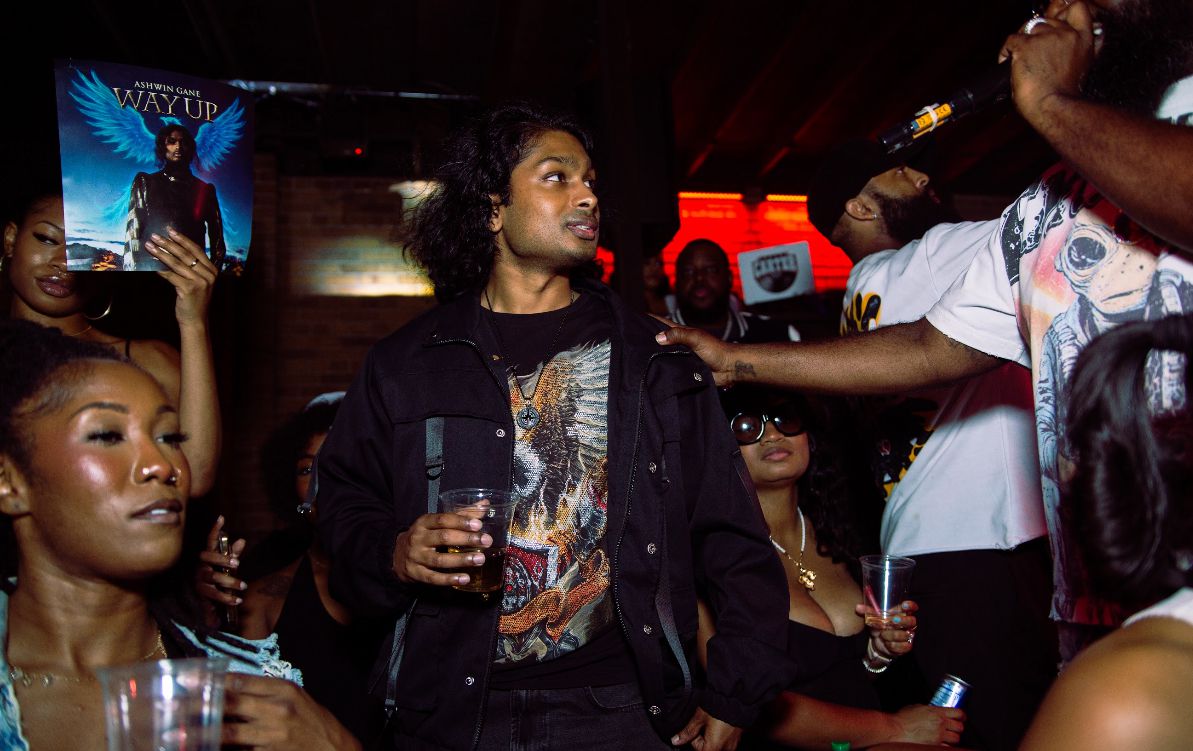
Looking five years ahead, where do you see Ashwin Gane—artistically, personally, and within the broader music landscape?
I’m an auteur now; five years from now it’s about scale, not a switch. I’ll be operating across the cultural landscape—albums at the center, plus films, scripted series/shows, limited docs, immersive live experiences, a comics/graphic line, select merch, a podcast, and workshops—each authored under one vision. The music itself will be fully realized in scope—not just higher fidelity, but bigger essence: human stories with mythic stakes told in a language people move to. Think Disney-level imagineering with a George Lucas approach to IP—multiple franchises and sub-universes that interlock but stand on their own, each with its own tone and rules. Five years out, I’m known for conceiving, building, and stewarding those worlds—culture you can listen to, watch, attend, wear, and learn from.
You have a massive NFL engagement coming up Sept 7th can you tell us about this ?
All I can say is this: on September 7, I’m performing at the opening for the L.A. Rams. I’ll be supporting the Rams as they face the Houston Texans. That’s all I can share right now.
